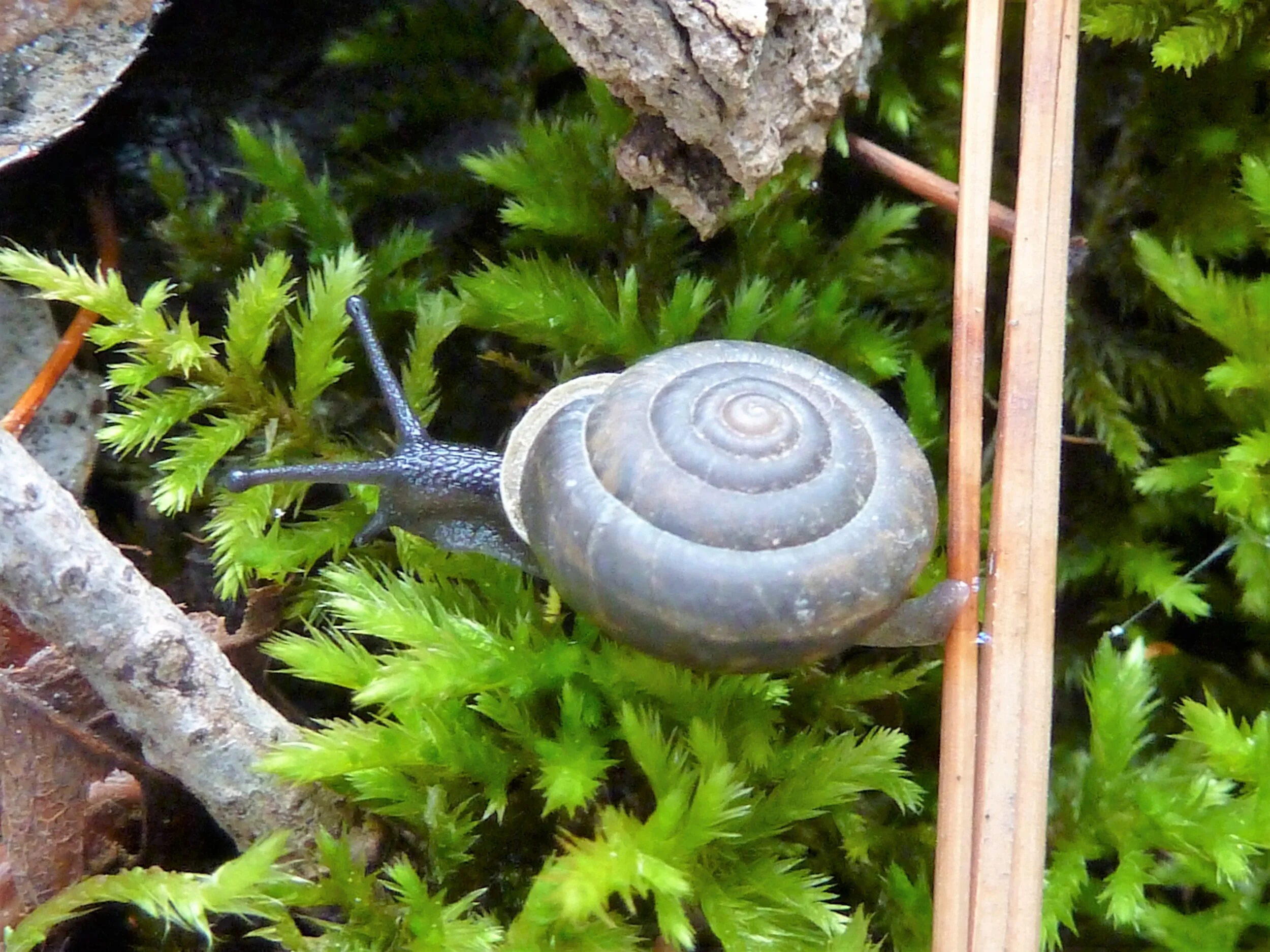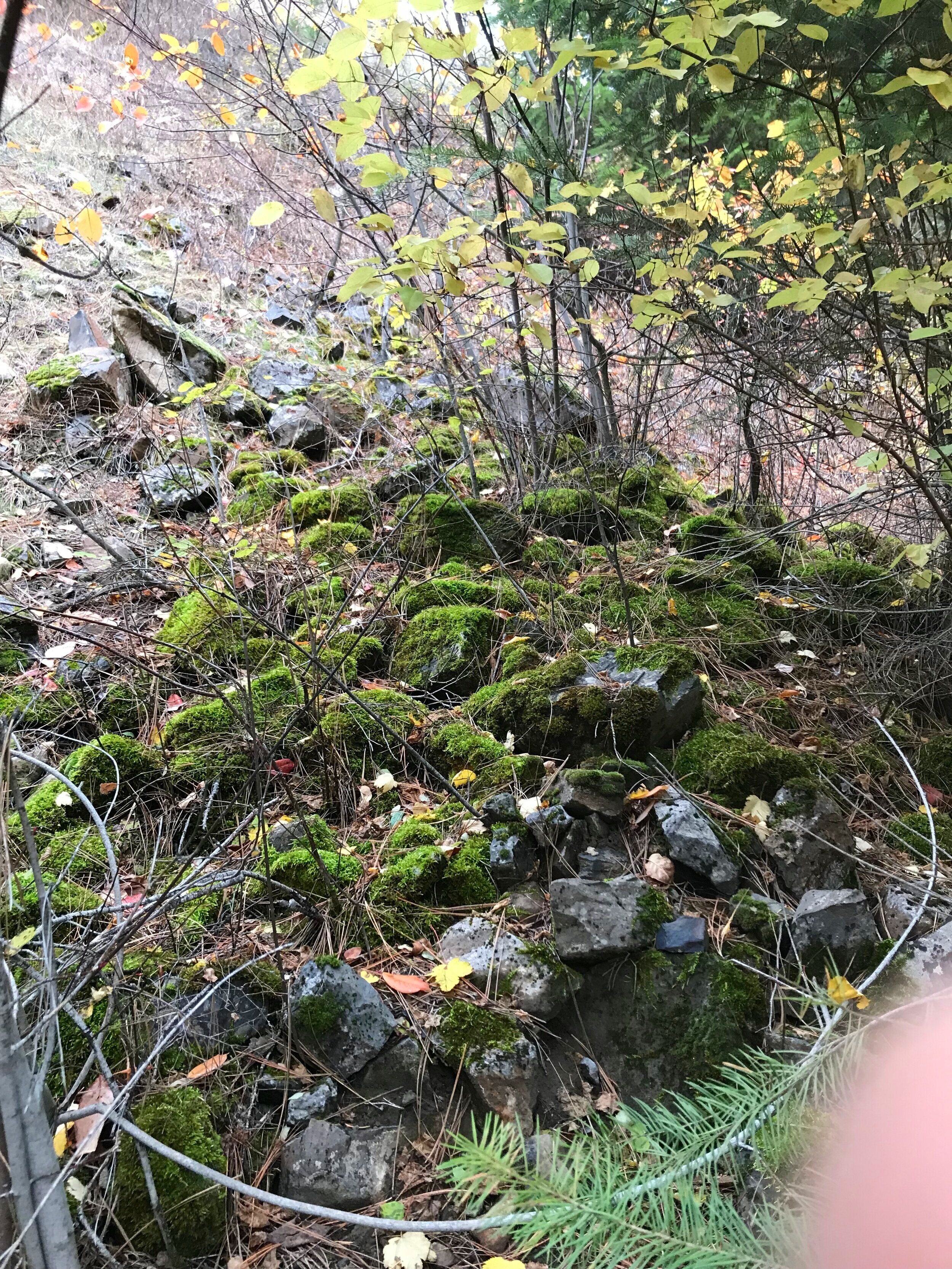
Nez Perce Land Snails
The Tribe’s aboriginal homeland contains several global hotspots of land snail biodiversity. Dozens of land snail species are endemic to the Tribe’s homeland, including the hyper-endemic Mission Creek Oregonian (Cryptomastix magnidentata). First described in 1940, the Mission Creek Oregonian is thought to occur only in association with a single, small limestone outcrop directly adjacent to Mission Creek within the Tribe’s 1863 Reservation. Other rare land snail species, including the Humped Coin (Polygyrella polygyrella), Dry Land Forestsnail (Allogona ptychophora solida), and Salmon Coil (Helicodiscus salmoneus), occupy this important site on Mission Creek as well.
Due to its extreme rarity, the Mission Creek Oregonian was evaluated for listing under the Endangered Species Act (ESA) in 1984 (49 FR 21664 21675), 1989 (54 FR 554 579), 1991 (56 FR 58804 58836), and 1994 (59 FR 58982 59028). The Mission Creek Oregonian is classified as a Species of Greatest Conservation Need (Tier 1 – Highest Priority / Critical Conservation Need) by Idaho Department of Fish and Game (IDFG 2017), Critically Imperiled at both Global and State scales by NatureServe (NatureServe 2018), and was placed on IUCN’s Red List of Threatened Species in 1996 (Roth 1996).
Unfortunately, historic quarrying has reduced habitat available for this and other land snail species at the Mission Creek limestone site by at least 50%. Quarrying began at the site in the mid-1800s and continued intermittently for over a century, primarily upon lands held in Trust by the United States government. The Tribe itself operated a limestone quarrying and processing enterprise associated with the site from the early 1990s until 2001. Recreational use of the quarry and surrounding area, particularly by Off-Highway Vehicle (OHV) enthusiasts and target shooters, appears to have further degraded habitat remnants.
Renewed interest in industrial use of the Mission Creek quarry has highlighted important gaps in information regarding and protections for the Mission Creek Oregonian as well as other rare species in that area. Beyond its widely-known rarity, little is known about the Mission Creek Oregonian. Its scientific description is based solely on shell morphology, and additional genetic evaluation is needed to clarify this species’ uniqueness and relationship to other land snail species in the region. In addition, the distribution of this species throughout its remaining habitat at the Mission Creek site has never been comprehensively assessed. The occurrence and distribution of other rare land snails at the Mission Creek site is also only superficially known.
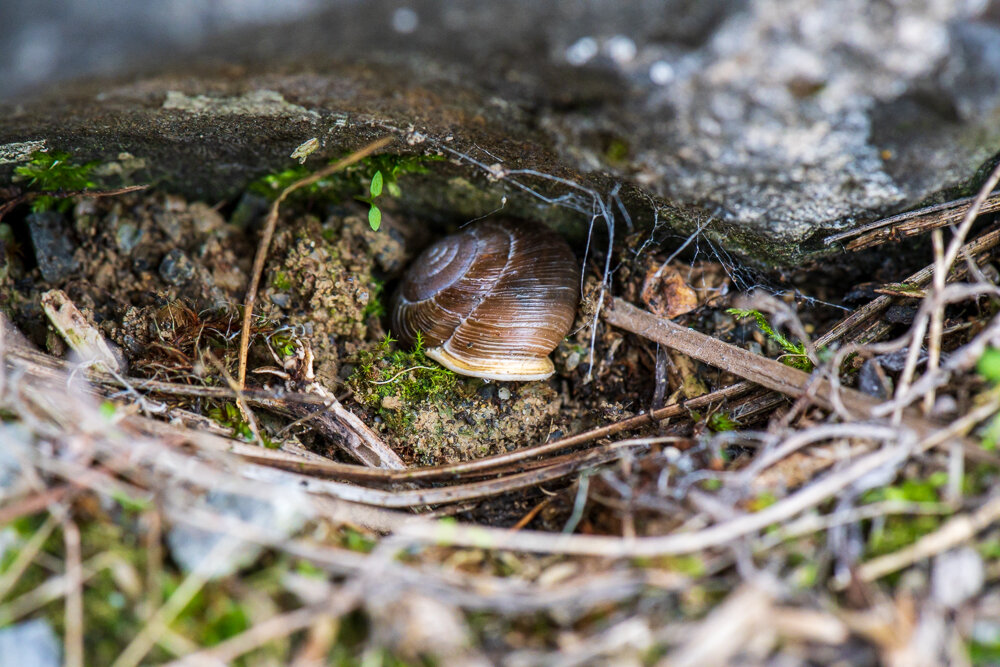
Allogona ptychophora solida
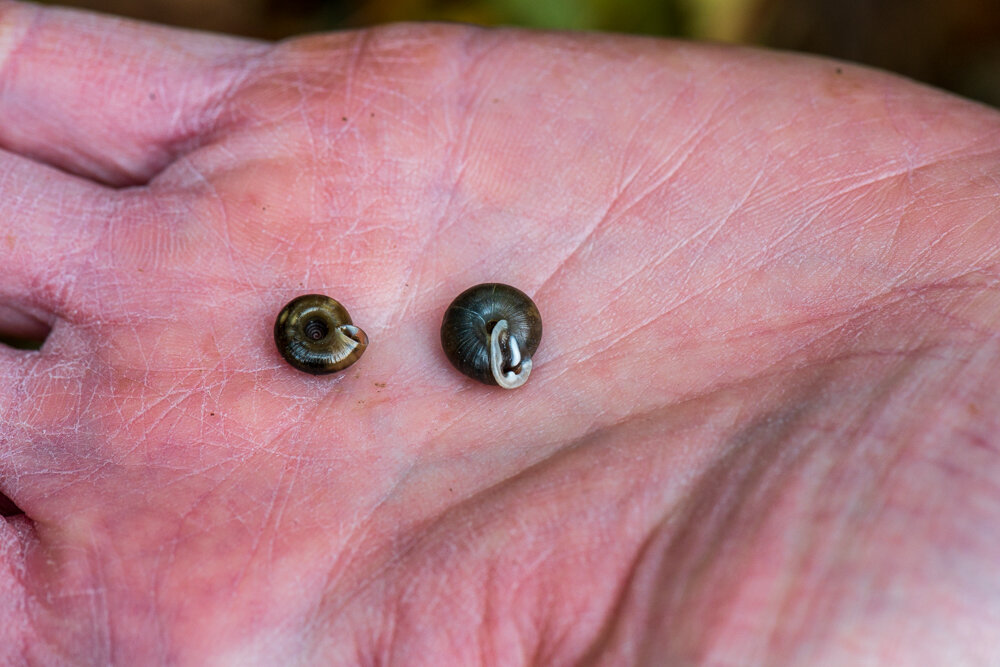
Cryptomastix magnidentata
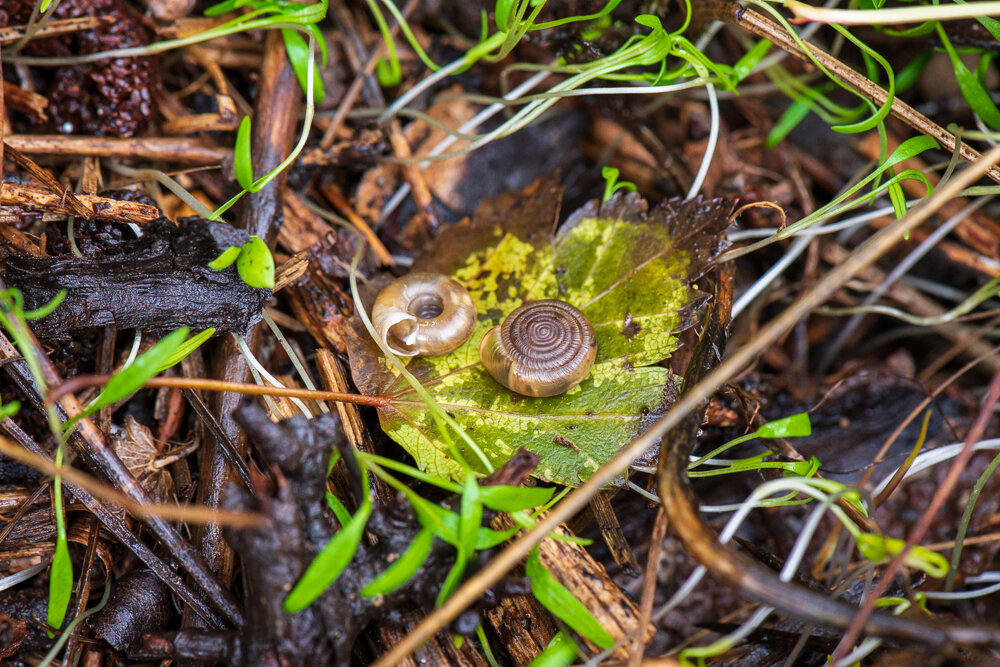
Polygyrella polygyrella

